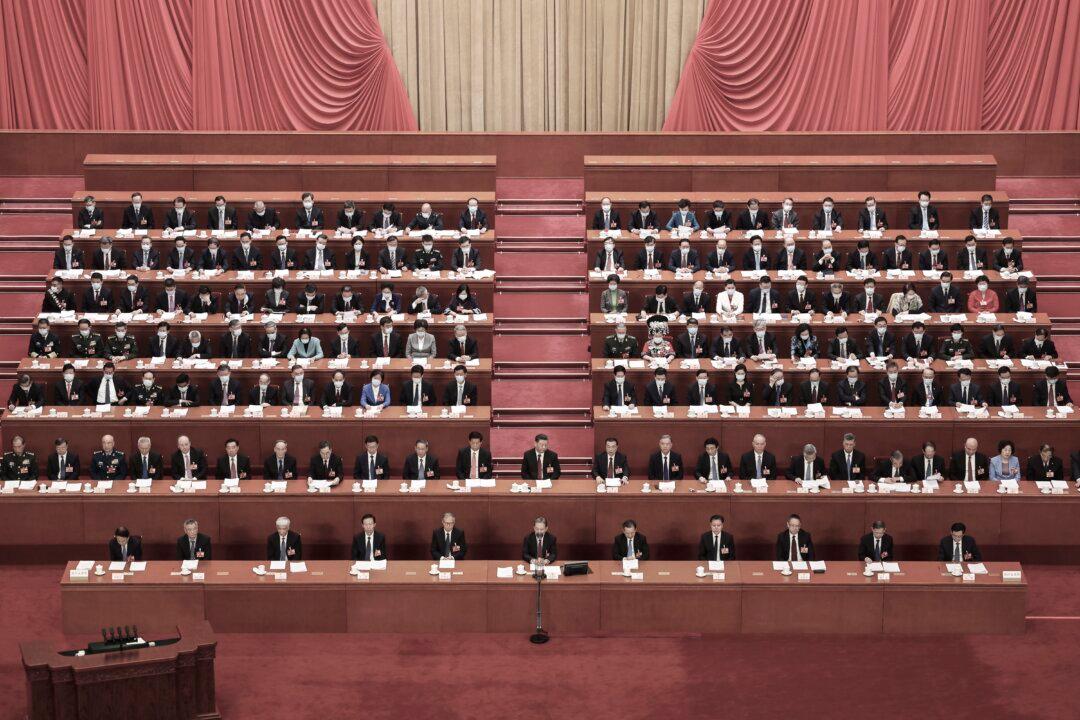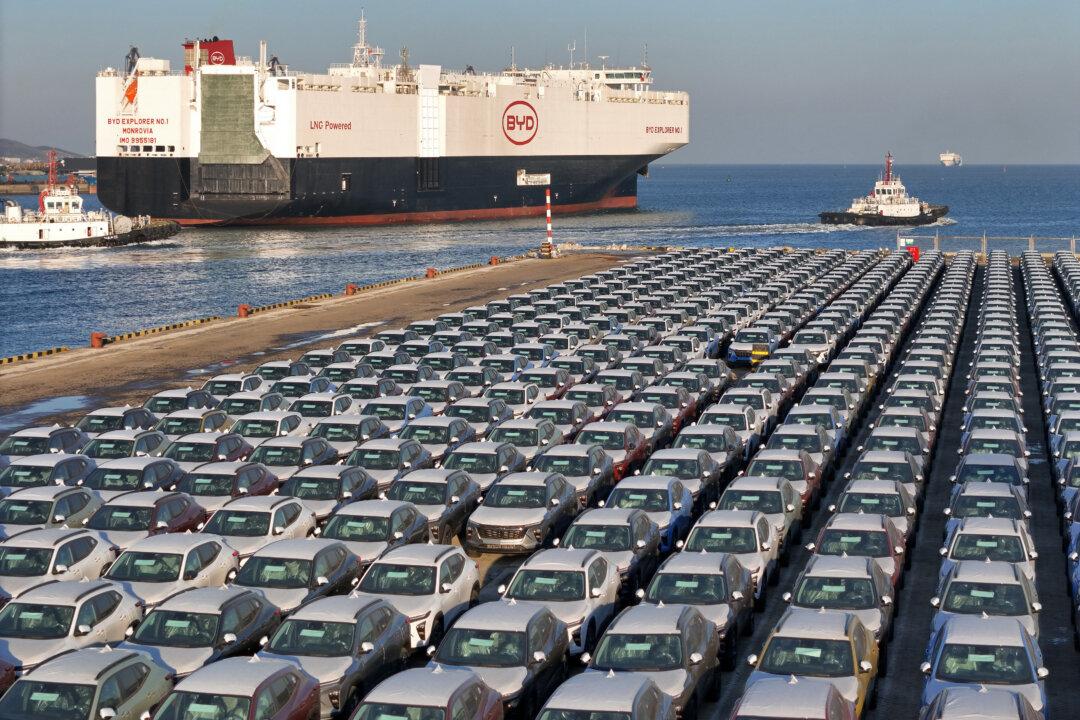With shipping prices falling at record rates, the number of container ships waiting offshore at the Port of Los Angeles–Long Beach has fallen to fewer than 10 from more than 100 in January. The risk of a global recession is rising, according to analysis from experts.
According to Nomura Research Institute, in the first week of September, shipping a container from Shanghai, China, to the U.S. West Coast cost $3,959, down 23 percent from the previous week. That’s a drop of more than $1,000, the biggest since 2009.
Freight rates on the U.S.–China route are the international benchmark for the shipping industry. Prices on other routes are also falling. Freight traffic from Shanghai to Rotterdam and elsewhere in Europe have fallen 45 percent since the start of 2022.
In addition, FedEx Corp., considered a bellwether of U.S. economic vitality, surprised markets on Sept. 15 by withdrawing its fiscal year 2023 earnings forecast after earnings fell well short of expectations.
Raj Subramaniam, FedEx’s CEO, said he’s “very disappointed” in the results the company announced for the first quarter of the fiscal year, citing a drop in global freight volumes as the main reason.
Rate Hike Crimped Housing and Consumer Spending
The Federal Reserve announced a 75-basis point rate increase on Sept. 21, raising the target range for the federal funds rate to between 3.00 percent and 3.25 percent. It was the Fed’s fifth rate increase so far this year and the third in a row by 75 basis points, the steepest and most intensive since 1981.Rising Inventories Herald Economic Slowdown
Container ships are mainly used to transport furniture, electrical appliances, and other goods. Furniture and appliances account for about 25 percent of goods shipped from Asia to the United States, according to Takuma Matsuda, a professor who specializes in maritime shipping at Takushoku University in Japan.In the last two weeks of May, inventories of companies in the S&P consumer index with a market value of more than $1 billion rose by $44.8 billion, up 26 percent from a year earlier, according to Bloomberg data. Citi Research analyzed the first quarter results of 18 major retailers as of May 22. Of those 18 retailers, 11 had inventories growing 10 percentage points faster than sales.
Growing Risk of Global Recession
Another key sign of global recession is the stagnation of global trade growth.Central banks have been raising interest rates “with a degree of synchronicity” not seen in the past 50 years, and that trend is likely to continue well into next year, the report said. Investors expect central banks to raise global monetary policy rates to nearly 4 percent by 2023, more than 2 percentage points higher than the 2021 average.
“Unless supply disruptions and labor-market pressures subside, those interest-rate increases could leave the global core inflation rate (excluding energy) at about 5 percent in 2023—nearly double the five-year average before the pandemic,” reads the report.
Economist: Possibility ‘100 Percent’
According to a September CNBC survey of economists, fund managers, and strategists, there was a 52 percent chance the United States would fall into recession in the next 12 months. Steve Hanke, a professor of applied economics at Johns Hopkins University, told CNBC he believes that the chance of a U.S. recession is 80 percent.Hanke blames the U.S. central bank for rising inflation.
“The reason for that is because the Fed exploded the money supply, starting early 2020 at an unprecedented rate,” he said. “They have really been searching for inflation and the causes of inflation in all the wrong places. They’re looking at everything under the sun, but the money supply.”
U.S. economist Davy Jun Huang believes the probability of a U.S. recession in the next 12 months is more than 55 percent, and in the next 24 months, the probability of a U.S. recession is 100 percent.
“Combined with the Russia–Ukraine war and the strained trade relations between the United States and China, the possibility of a U.S. economic recession is basically certain,” Huang told The Epoch Times.
“The economics community has been arguing since early this year that the Fed’s unlimited easing in response to the pandemic has been too strong and too long, and has been overlaid with the massive economic support and tax incentives that the U.S. Treasury Department has put into the market.”
Huang added, “The Fed’s actions now are bound to be ‘make one mistake to correct another mistake,' ultimately leading to a downward spiral and recession.”




